(Prices correct as of today’s date, are updated daily, are subject to change and represent genuine availability at time of update).
Cruise only holidays are financially protected by ABTA. Fly cruise holidays are financially protected by MSC Cruises under ATOL number 4316
Please click here to check the essential travel requirements before booking this cruise.
Want to add a hotel stay or change your flights?
Just call our team of cruise specialists to help build your dream cruise holiday today!
Spread the cost of your holiday! Interest Free Monthly payments are based on a deposit of £100pp, and 11 monthly installments in accordance with our balance due date.
Prices based on 2 people sharing. Cruise only price does not include flights. Fly-cruise price may vary by chosen UK airport.
Itinerary
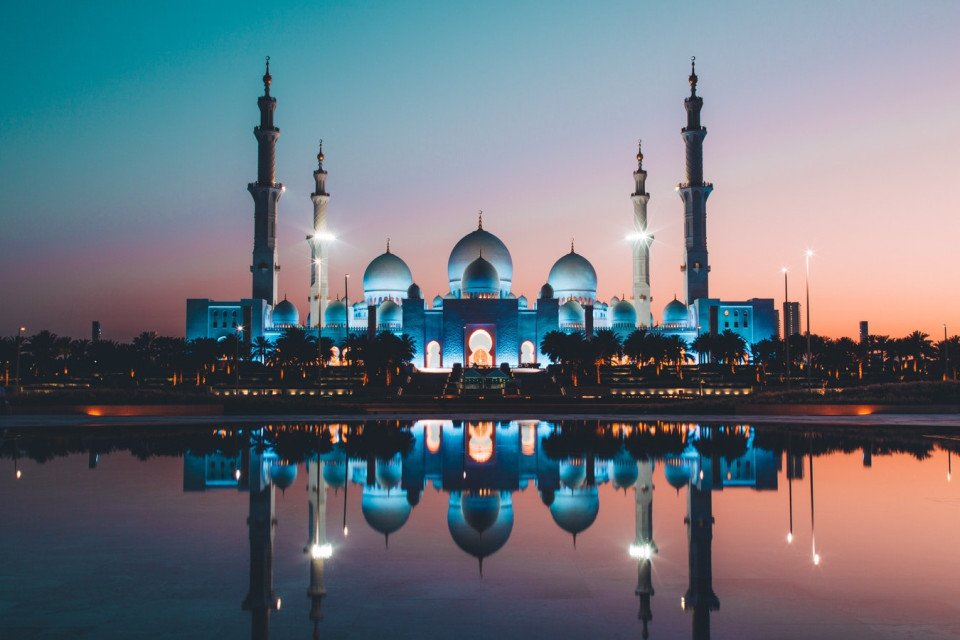
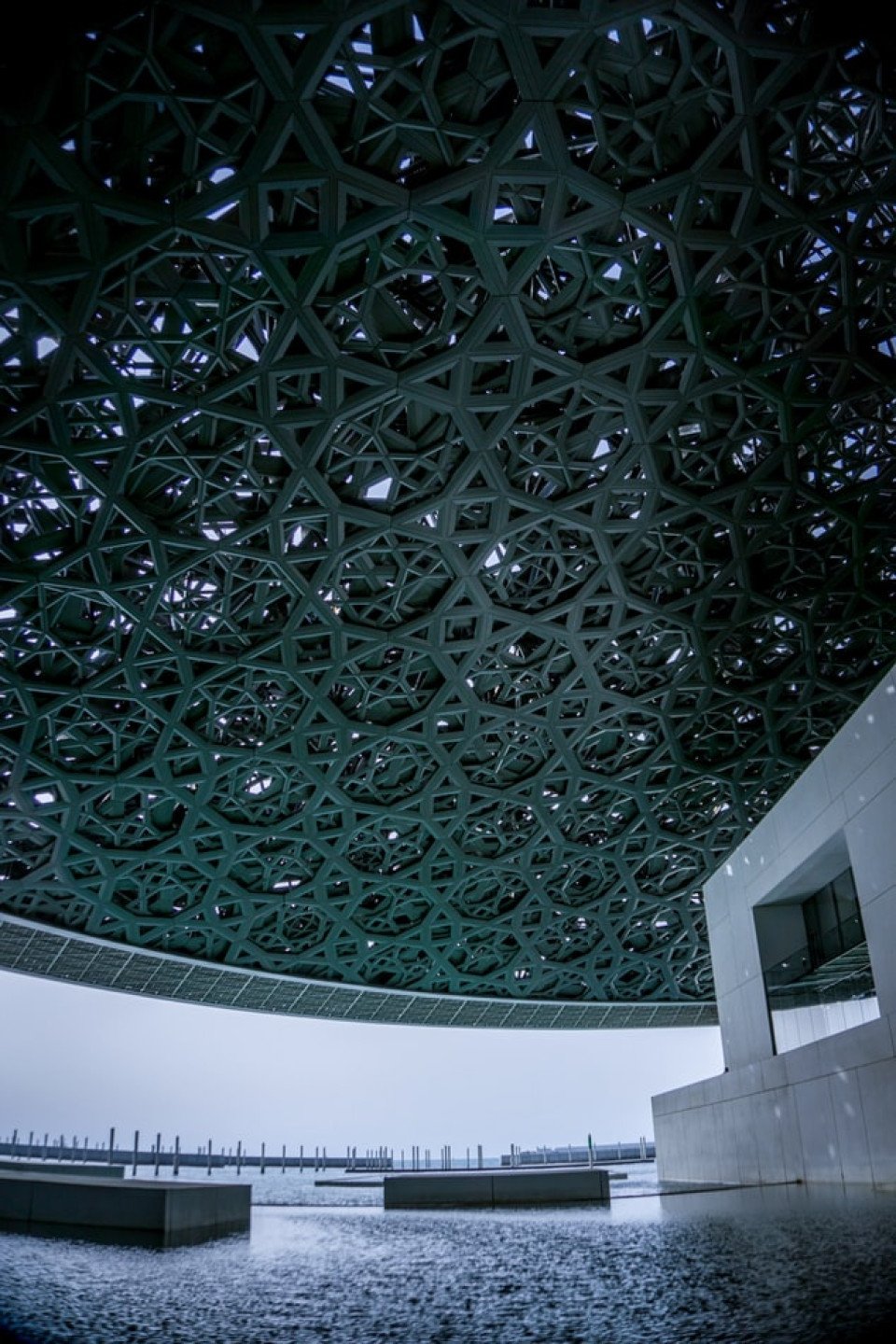

Abu Dhabi
Just a few decades ago, Abu Dhabi, the island capital of the United Arab Emirates, was a small fishing village with houses made of mud-brick and palm fronds. Today, as a result of revenue from oil, Abu Dhabi is one of the world's richest cities, with wide, tree-lined okulevards, lush green ... Read More
Abu Dhabi
At Sea
Port Qaboos
At Sea
At Sea
At Sea
At Sea
At Sea
'Aqaba
Suez Canal (transit), Egypt
Suez Canal (transit), Egypt
Alexandria
At Sea
At Sea
Civitavecchia
At Sea
Barcelona
What's Included with
MSC Cruises
When you take a well-deserved holiday with the MSC cruise line, you can benefit from an abundance of inclusions while on-board. Plus, if you upgrade to a drinks package, you will enjoy the benefits of an all-inclusive experience. Talk to our cruise concierge about all the various types of MSC drink packages that will best suit your needs.
Accommodation
Breakfast, lunch, dinner and snacks in a choice of included dining venues
Entertainment throughout the day and evening
Use of swimming pools, hot tubs, fitness centre and leisure facilities where available
Return flights included from a choice of UK airports (fly cruise bookings only)
Port taxes
Selected hot drinks, iced tea, lemonade, juices, and water in selected venues
Porterage of luggage from port to cabin
Adult only areas
Youth programmes for babies to 17-year-olds
Sailaway parties, themed nights and deck parties
Shuttle service to and from ports and airport where available
Explore MSC Euribia
Take a look at what’s inside the MSC Euribia to explore once on your cruise. With different dining options from the lavish Indochine Restaurant to the authentic Kaito Sushi Bar, you have plenty to choose from. With a variety of entertainment options to choose from too, like the Aquapark and the casino, there’s a wealth of choices for you to take your pick.









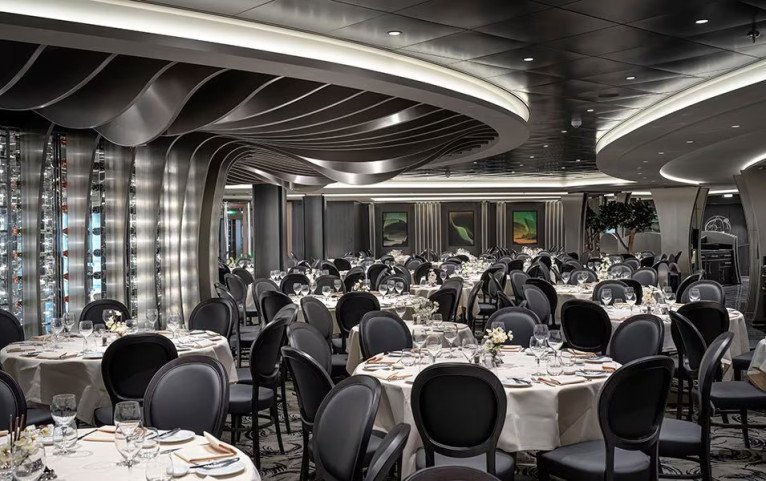

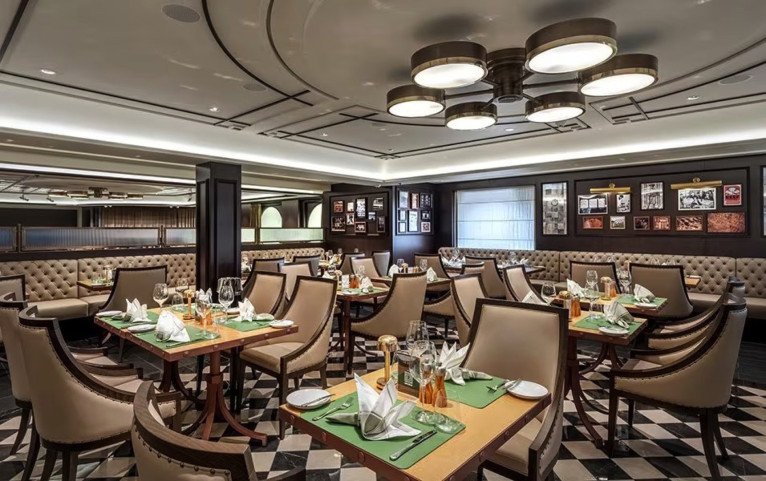
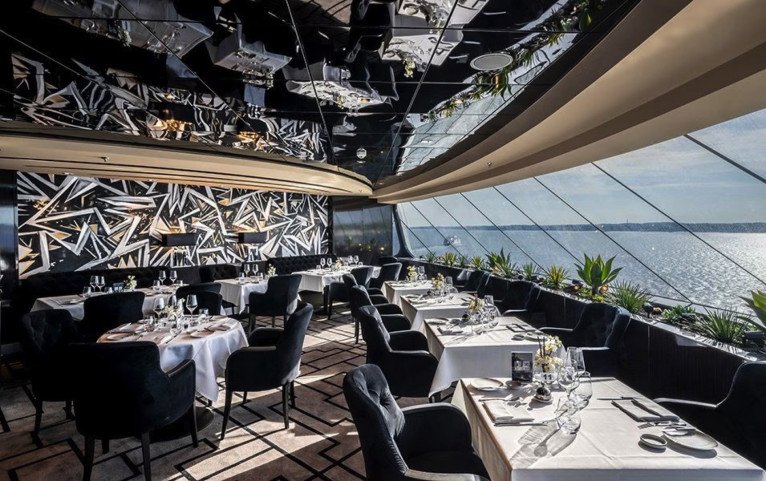
Hola! Tacos & Cantina
The new fast-casual street food dining concept, offers a selection of Latin American and Mexican-inspired dishes and drinks to be shared and enjoyed in a relaxed and friendly atmosphere, open for lunch and dinner. Choose from a tantalising array of dishes from blue corn tacos and nachos, authentic beef empanadas and tasty tamales through to tortilla soup or vegetarian tacos, all to be savoured with our selection of Top 10 Tequilas and Mezcals!










MSC Foundation Centre
Educational interactive game experience for Children: the room transforms into a colorful 3D aquarium that’s the scene of a great interactive game teaching about the importance of care for environment.
Adults can learn about the issues that the Foundation is striving to resolve, about its programs and partners. The guests have the possibility to show their generous support for the Foundation’s lifesaving programs by making direct donations or purchasing stylish collection of MSC Foundation merchandise.







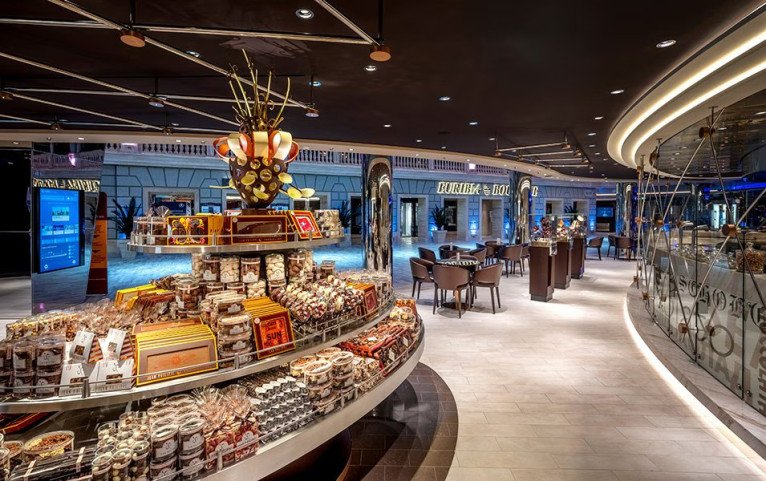
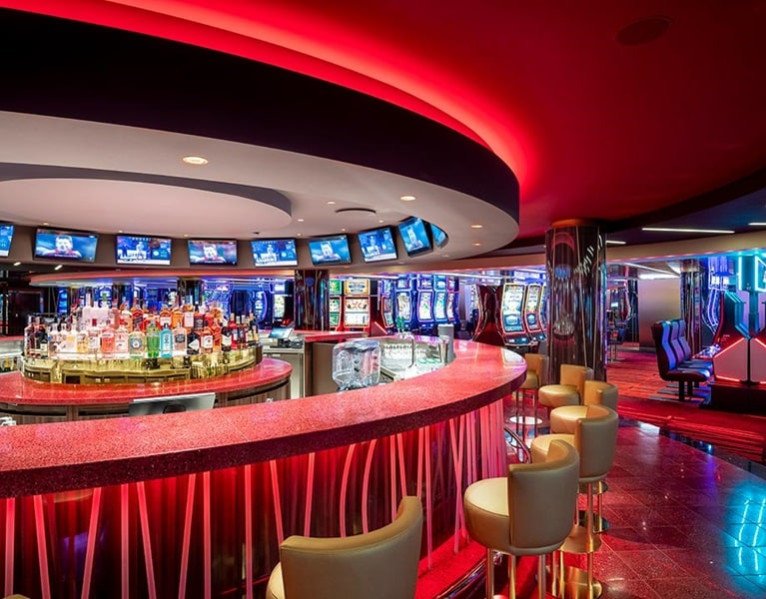
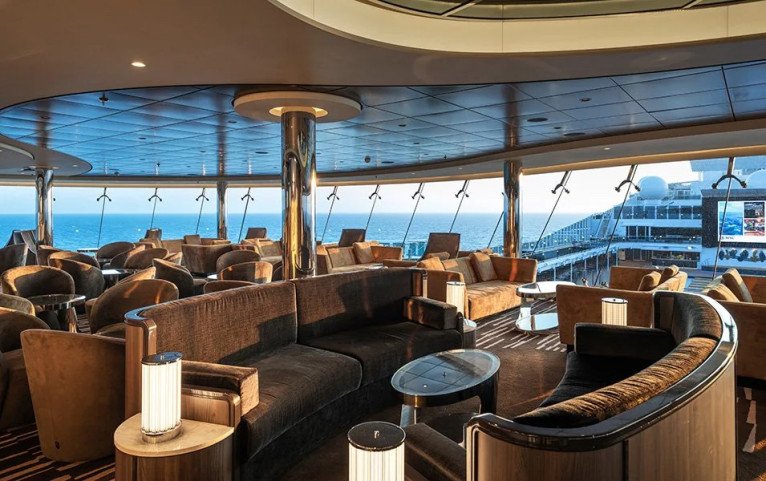

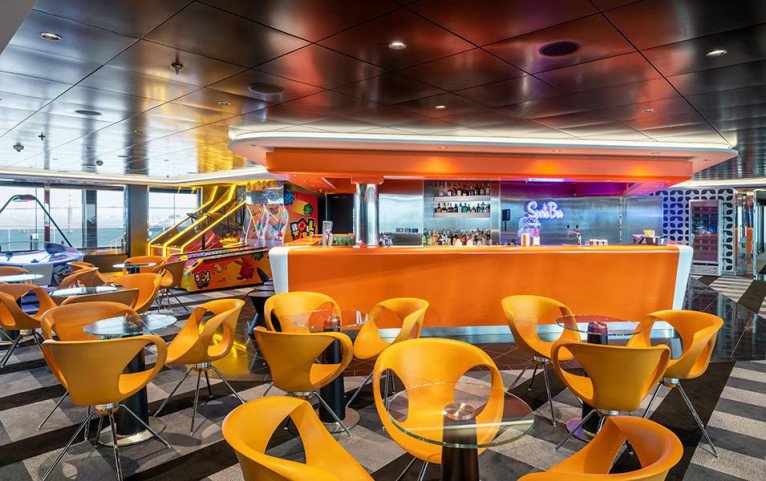

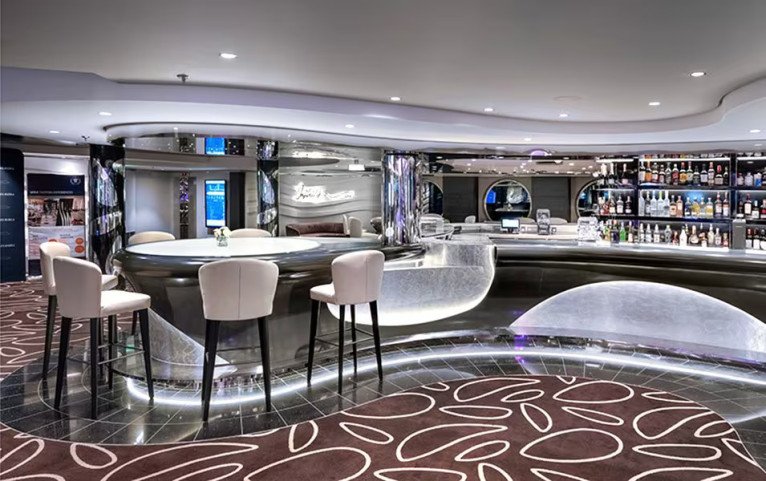



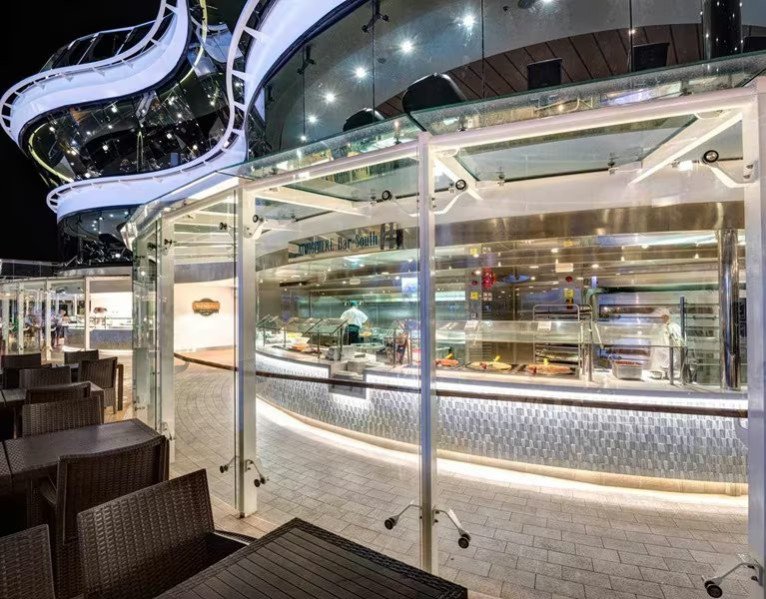
















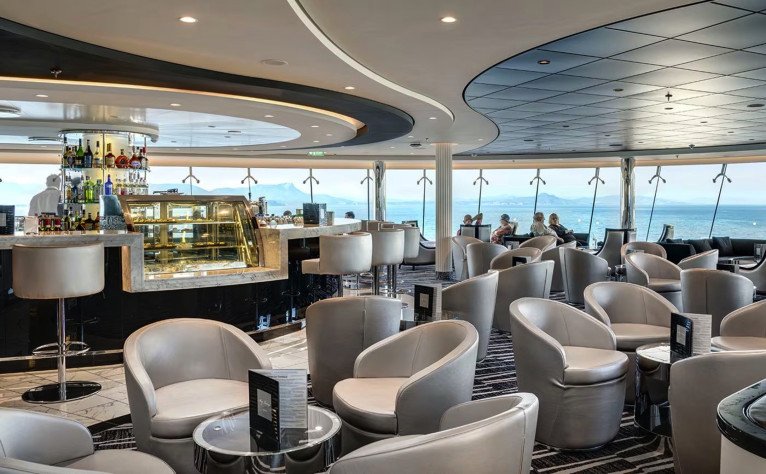
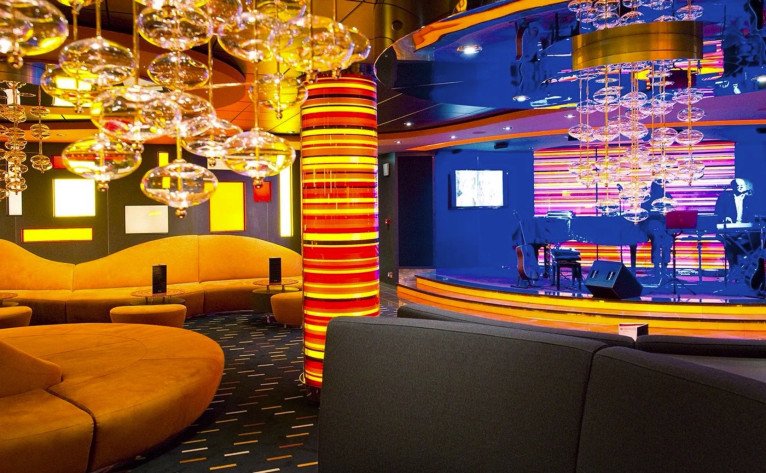
Ocean Cay Aquapark
The Coral Reef Aquapark themed decoration is one of the most exciting water parks at sea, with new Life floor pool, three twisting slides, an adventurous ‘Himalayan Bridge’ and a range of pools, features and activities for all ages.








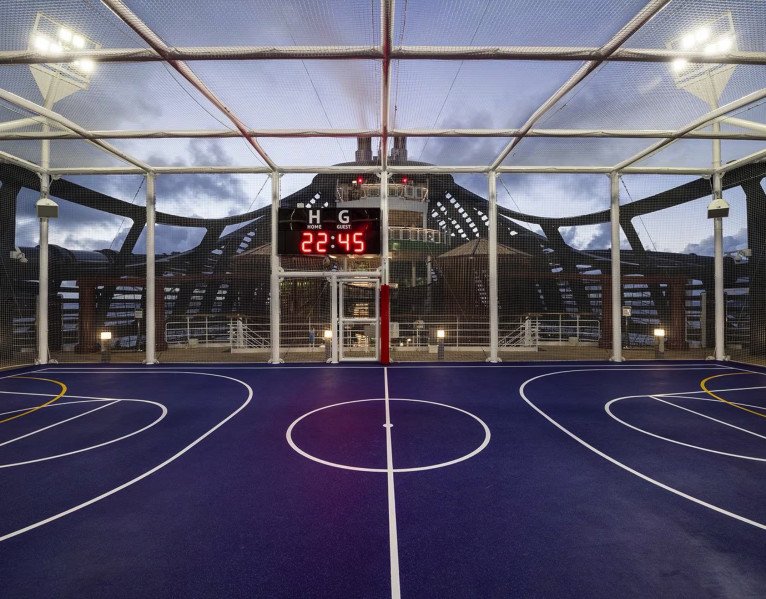





MSC Aurea Spa
The MSC Aurea Spa on MSC Euribia is a world of relaxation, wellbeing and beauty and boasts an exclu-sive Thermal Area with sauna, steam bath and whirlpool, a professional Hair and Nail Salon and a Barber Shop. A contemporary Balinese Spa designed to revitalise your body and soul with a vast choice of authentic massages and beauty treatments
MSC Aurea Spa boasts an exotic interior of natural stone, precious woods and rich mosaics, and is equipped with specific and massage treatment suites. Being pampered by a traditional Balinese Massage is a truly unique experience. Thanks to a blend of scented essences and aromatic oils, your body is enveloped in an endlessly peaceful and relaxing aura.











Kids Clubs and Family Activities
Discover our Entertainment options on board: there's always so much to do that you kids will never get bored! An MSC cruise is an experience for the whole family to enjoy together in the safe, fun environment of our cruise ships.
- On an MSC cruise, you'll discover a diverse array of activities designed for both children and adults. Our dedicated Kids Clubs offer a wide range of engaging experiences, including sports tournaments, quizzes, and the exciting Doremi family disco. Additionally, our ships provide numerous entertainment options to ensure everyone has a memorable and enjoyable time onboard, we kindly ask you to check the daily program once onboard do discover all the activities.
- From the joys of relaxing in a pool or splashing around in an aqua park, to the thrill of riding a swirling waterslide, family fun in the sun is never far away.
- Some ships offer the added excitement of activities such as sliding down a zip-line, driving a full-size MSC Formula Racer, and enjoying a fully immersive VR experience. Not to mention the thrilling multi-sensory experience of an interactive XD cinema and the amazing Video games room.**
- You can take the kids to a Broadway-style theatre show
- Once during every cruise we hold a special entertainment event called the LEGO® Experience On Board*: an entire day dedicated to fun LEGO activities for the whole family to enjoy
Deck 19 - Palau

- Himalayan Bridge
- Ocean Cay Aquapark
- Ocean Cay Bar
- Top 19 Exclusive Solarium
- MSC Yacht Club Grill & Bar
- MSC Yacht Club Sundeck & Bar
- MSC Yacht Club Pool
Deck 18 - Portugese Island

- Horizon Bar
- Attic Club
- Teens Club
- Teens Lab
- Young Club
- Doremiland
- Baby Club Chicco Eco +
- Junior Club
- Mini Club
- MSC Foundation Lab
- Sky Lounge
- MSC Yacht Club Restaurant
- MSC Yacht Club Deluxe Suites
Deck 16 - Great Barrier Reef

- Horizon Pool
- Horizon Amphitheatre
- MSC Sportplex
- MSC Sports Bar
- MSC Formula Racer
- Bowling
- XD Interactive Cinema
- Hologate Blitz
- Virtual Games Arcade
- Power Walking Track
- MSC Gym powered by TechnoGym
- Concierge Area
- Top Sail Lounge
- MSC Yacht Club Interior Suites
- MSC Yacht Club Deluxe Suites
Deck 15 - Cinque Terre

- MSC Yacht Club Interior Suite
- MSC Yacht Club Deluxe Suite
- MSC Yacht Club Royal Suite
Deck 14 - Golf de Morbihan

- MSC Yacht Club Interior Suite
- MSC Yacht Club Deluxe Suite
- Deluxe Balcony with partial view
- Deluxe Balcony
- Deluxe Interior
- Premium Suite Aurea
Deck 13 - Zakynthos

- MSC Yacht Club Duplex Suite with Whirlpool
- Premium Suite Aurea
- Deluxe Balcony
- Deluxe Balcony Aurea
- Deluxe Interior
Deck 12 - Rapa Nui

- MSC Yacht Club Duplex Suite with Whirlpool
- Grand Suite Aurea with Terrace & Whirlpool
- Premium Suite Aurea
- Deluxe Balcony Aurea
- Deluxe Balcony
- Balcony Aurea
- Studio Interior°
- Deluxe Interior
Deck 11 - Fernando de Noronha

- Grand Suite Aurea with Terrace & Whirlpool
- Premium Ocean View
- Deluxe Balcony
- Deluxe Interior
Deck 10 - Ross Sea

- MSC Yacht Club Duplex Suite with Whirlpool
- Grand Suite Aurea with Terrace & Whirlpool
- Premium Ocean View
- Premium Suite Aurea
- Deluxe Balcony
- Studio Interior°
- Deluxe Interior
Deck 9 - St Helena

- MSC Yacht Club Duplex Suite with Whirlpool
- Premium Ocean View
- Grand Suite Aurea with Terrace & Whirlpool
- Deluxe Balcony
- Deluxe Interior
Deck 8 - Marion Island

- Deluxe Balcony
- Deluxe Balcony with partial view
- Junior Ocean View°°
- Junior Ocean View with obstructed view°°
- Deluxe Interior
Deck 7 - Galapagos

- Carousel Lounge
- Carousel Terrace
- MSC Signature Casino
- Fine Jewellery
- Champagne Bar
- Kaito Robatayaki
- Il Campo Restaurant
- Kaito Teppanyaki
- Kaito Sushi Bar
- Galleria Euribia
- Masters of the Sea
- TV Studio & Bar
- MSC Aurea Spa
- Barber Shop
- Hair Salon
Deck 6 - Ocean Cay

- Colorado River
- Aurora Boreale
- Aurora Borealis
- MSC Foundation
- The Hub Photo & Digit@l
- Helios Wine Maker
- MSC Shop
- Fashion Jewellery
- MSC Future Cruise
- Shopping Gallery
- L'Atelier du Voyager
- Le Grill
- Luxury Accessories
- Luxury Plaza
- Time Vallée
- Jean-Phillipe Crêpes & Gelato
- MSC Excursions
- ¡Hola! Tacos & Cantina
- Galleria Euribia
- Jean-Phillippe Chocolat & Café
- Euribia Boutique
- Euribia Bar & Lounge
- Delphi Theatre
Deck 5 - Elbe River

- Deluxe Ocean View
- Deluxe Interior
- Infinity Reception/Guest Service
- Infinity Atrium
MSC Euribia Cabins & Suites
The MSC Euribia cruise experience starts with your stateroom. With suites and cabins to suit solo travellers, couples and parties of all sizes, the MSC Euribia can offer rooms that feel like home at sea. With luxury amenities and spa-like comfort, your stateroom or suite is equipped to accommodate your needs and have everything you could want, and more, from a cruise holiday.



Deluxe Interior





Premium Ocean View





Deluxe Balcony Aurea









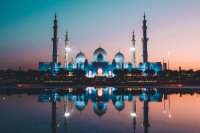
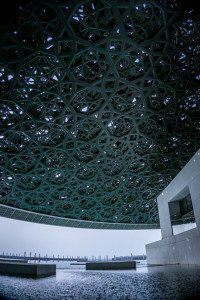

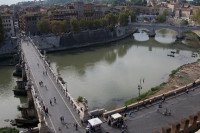
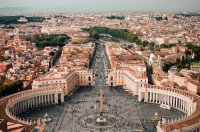

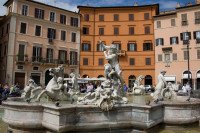

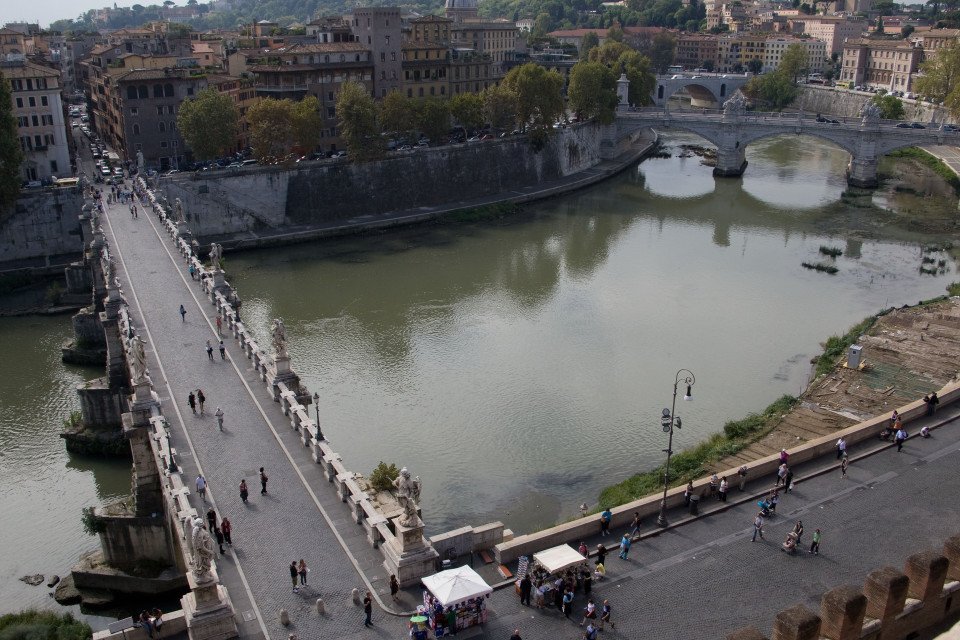

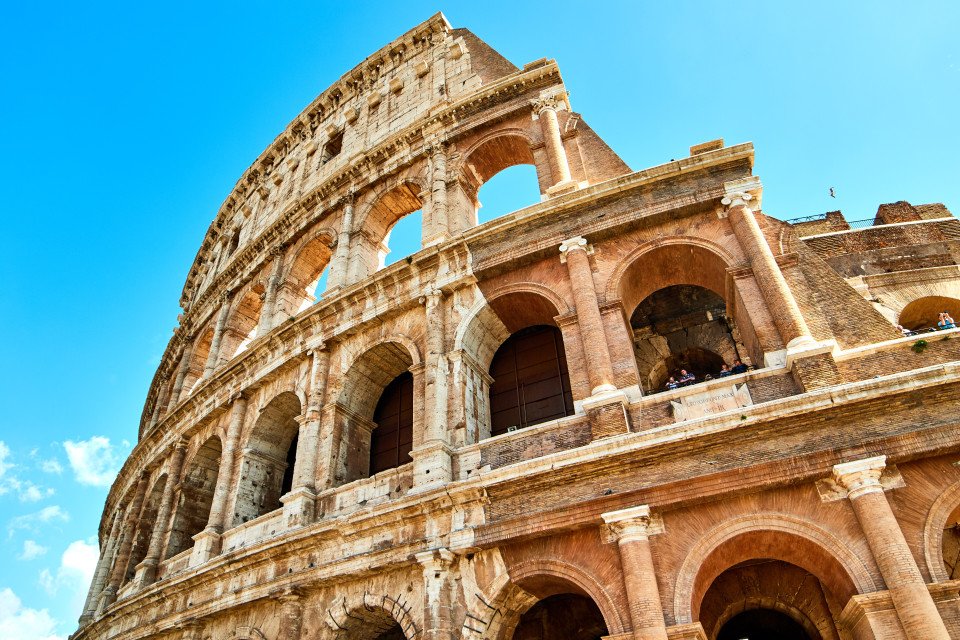
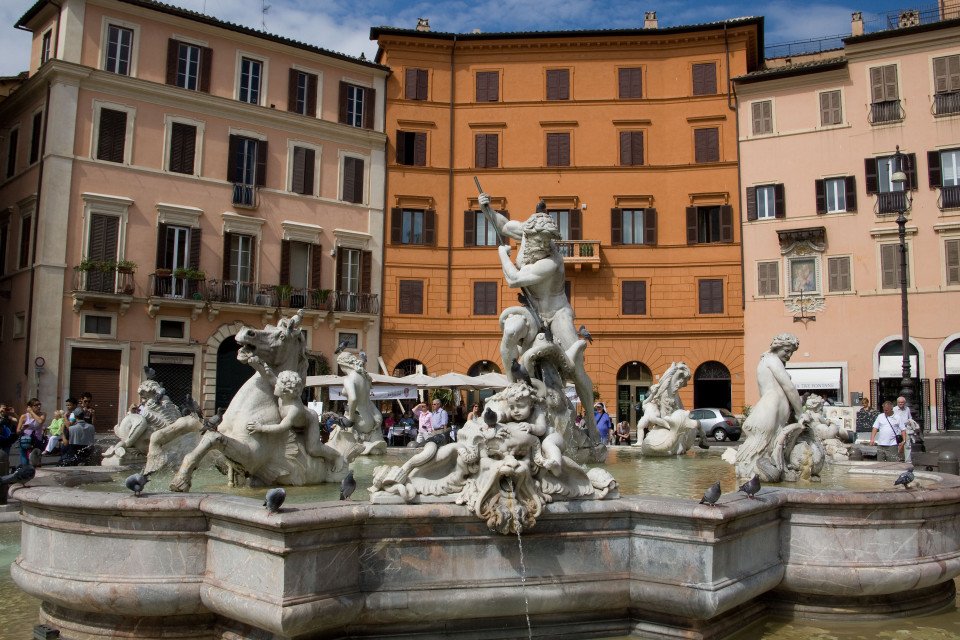
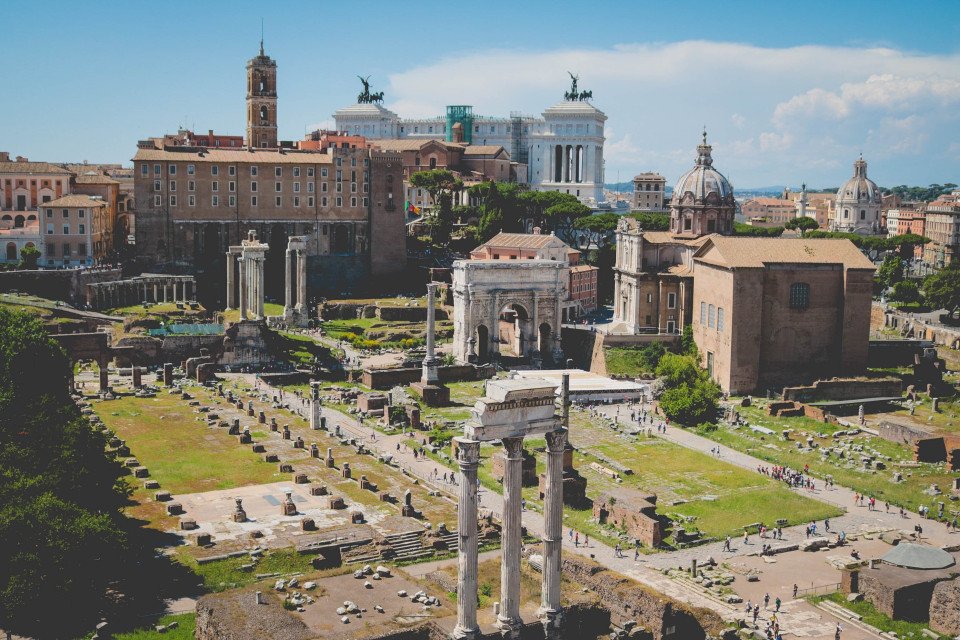





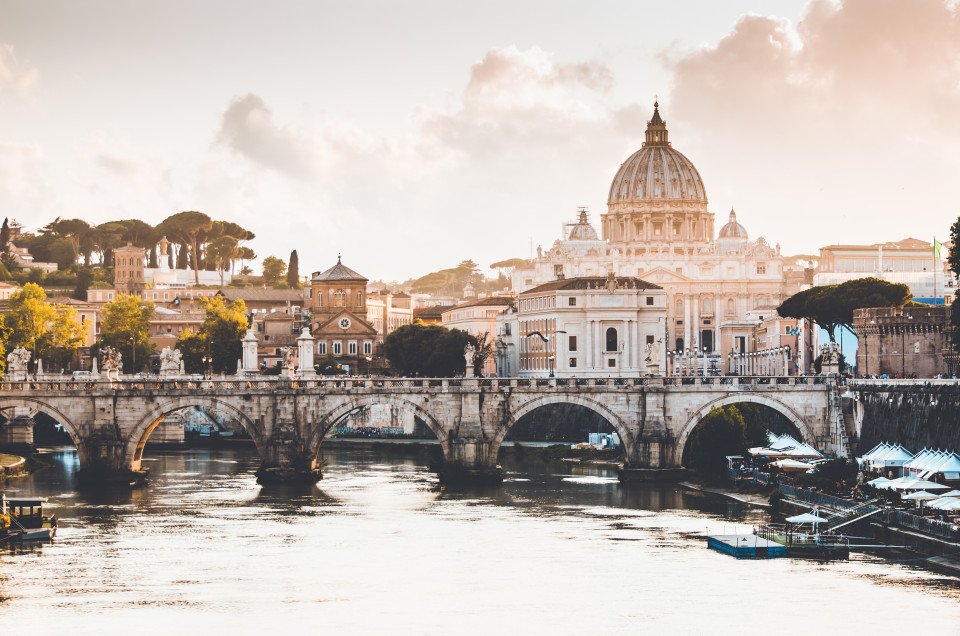




















-large_thumb.jpg)






